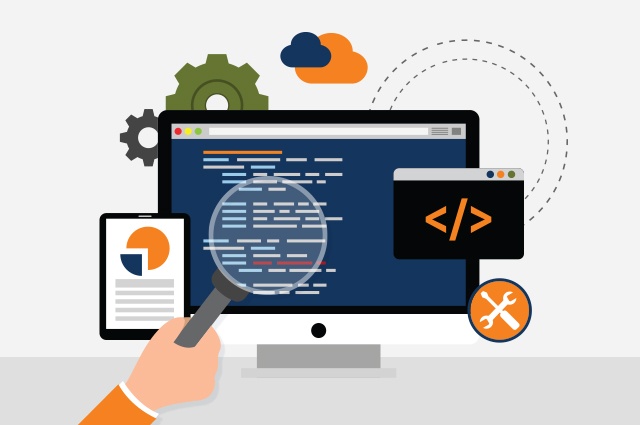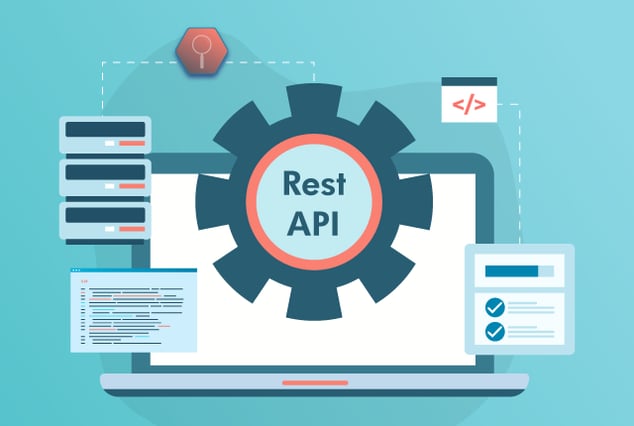
Software companies work tirelessly to make their products as attractive and relevant as they can. One of the many ways they promote adoption and consistent use is through integration with other applications. When creating the code necessary to achieve this integration, engineers commonly refer to an API, or application programming interface. To put it simply, an API helps to define how components within both applications should interact.
APIs are a foundational part of today’s coding experience, and as such, they should be tested thoroughly. Over the years, we’ve written extensively on API testing best practices. Whether you’re new to the API testing game, or are simply doing your research and brushing up on the basics, we’ve got something for you.
Let’s review some of our most popular API testing blog posts!
4 Advantages of API Testing
In 4 Advantages of API Testing, we take an in-depth look at why testing an application via API is more beneficial than testing via graphical user interface (GUI). In addition to testing the core functionality, API testing allows you to shave hours off of your testing schedule and test, independent of programming language.
API Testing: 3 Key Focus Areas for Collaboration Products
Collaboration products feature robust integrations with other applications to unite teams and increase productivity. In API Testing: 3 Key Focus Areas for Collaboration Products, we highlight specific areas to be mindful of when testing APIs in this unique space.
Top 3 Questions About API Testing
Still have questions about API testing? Don’t worry, you’re not alone! In Top 3 Questions About API Testing, we address some of the most frequently asked questions about the practice. We touch on how to start automating API testing, how to maximize the benefits for your engineering team and organization, and how to build best practices into your testing approach.
Go ahead and explore the posts mentioned above.
Combine them with this guide you’ll be ready to begin API testing today!



